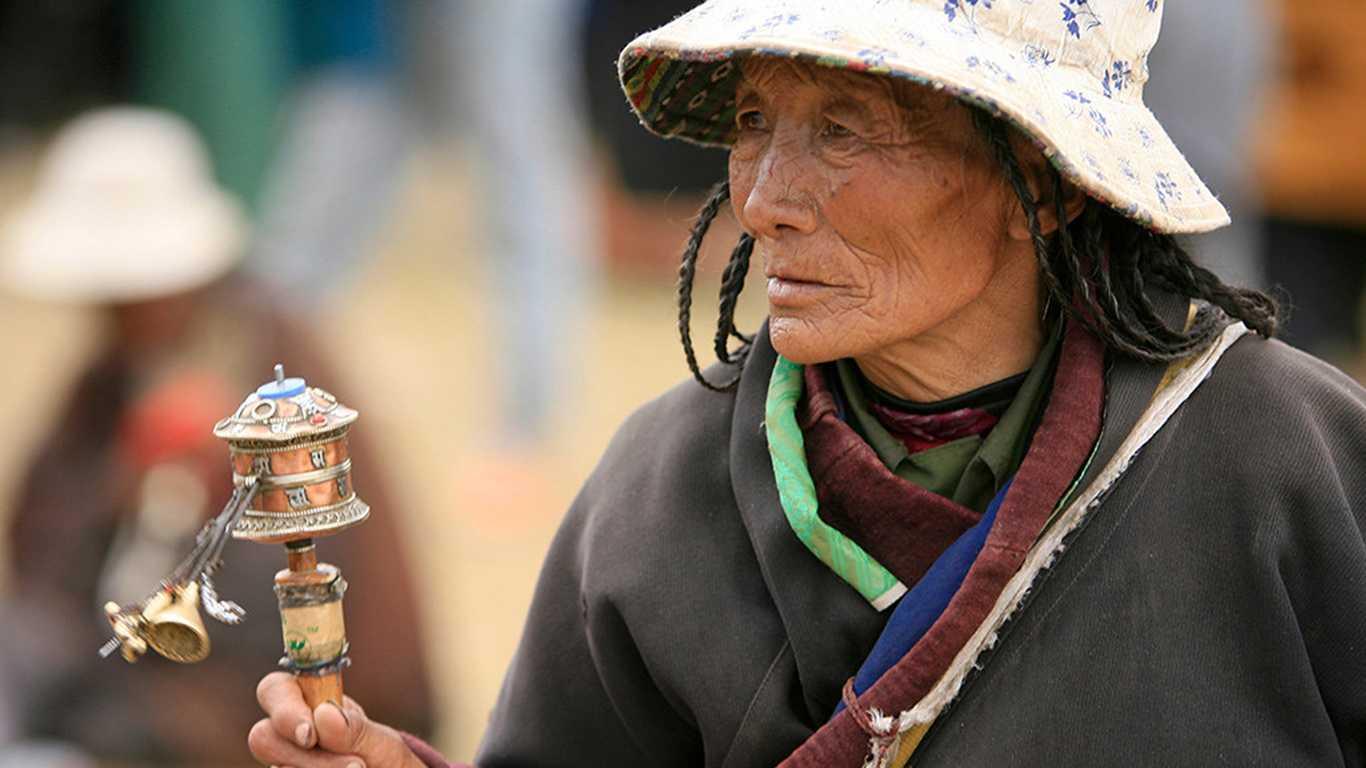Nepal Tibet Short Tour
Date of Departure
trip informaiton
Duration
8 days
Max Altitude
3650
Difficulty
Moderate
Starts from
Kathmandu
Trips Ends at
Kathmandu
Activity
Accommodation
Meals
Weather
°C
Group Size
Best Season
Region
No Region
Accommodations During Nepal Tibet 8 Days Tour
Himalayan Trekkers offers clean hygienic and comfortable accommodations for our valuable guests. We provide 3-star standard category hotels/resorts with breakfast on a twin/double sharing basis both in Kathmandu and Lhasa. However, if you prefer to have a single supplement or upgrade the hotel category, we can manage them at an additional cost if we are informed prior.
Meals during One Week Nepal Tibet Tour
Except for all the breakfasts and one welcome/farewell dinner, we have not included the lunches and dinners in this trip package as both Kathmandu and Lhasa have a broad variety of restaurants and eateries and menus.
Various levels of restaurants can be seen in Kathmandu serving Nepali, Indian, Chinese, Western, Continental cuisines, etc. They are mostly and easily found in the tourist hub, Thamel. Similarly, there are many different types of food available in Lhasa, including western cuisine, Sichuan cuisine, Nepalese cuisine, and Tibetan cuisine. The majority of the restaurants are grouped together around Barkhor Street and the Jokhang Temple. As a result, you may easily access places to dine and drink.
However, we can recommend you the places to dine in as per your preferences those serving healthy and hygienic foods. You can go for an authentic traditional menu or eat the continental or western cuisines. The choice is up to you.
Alita Zaurak
Ellie Sofia


